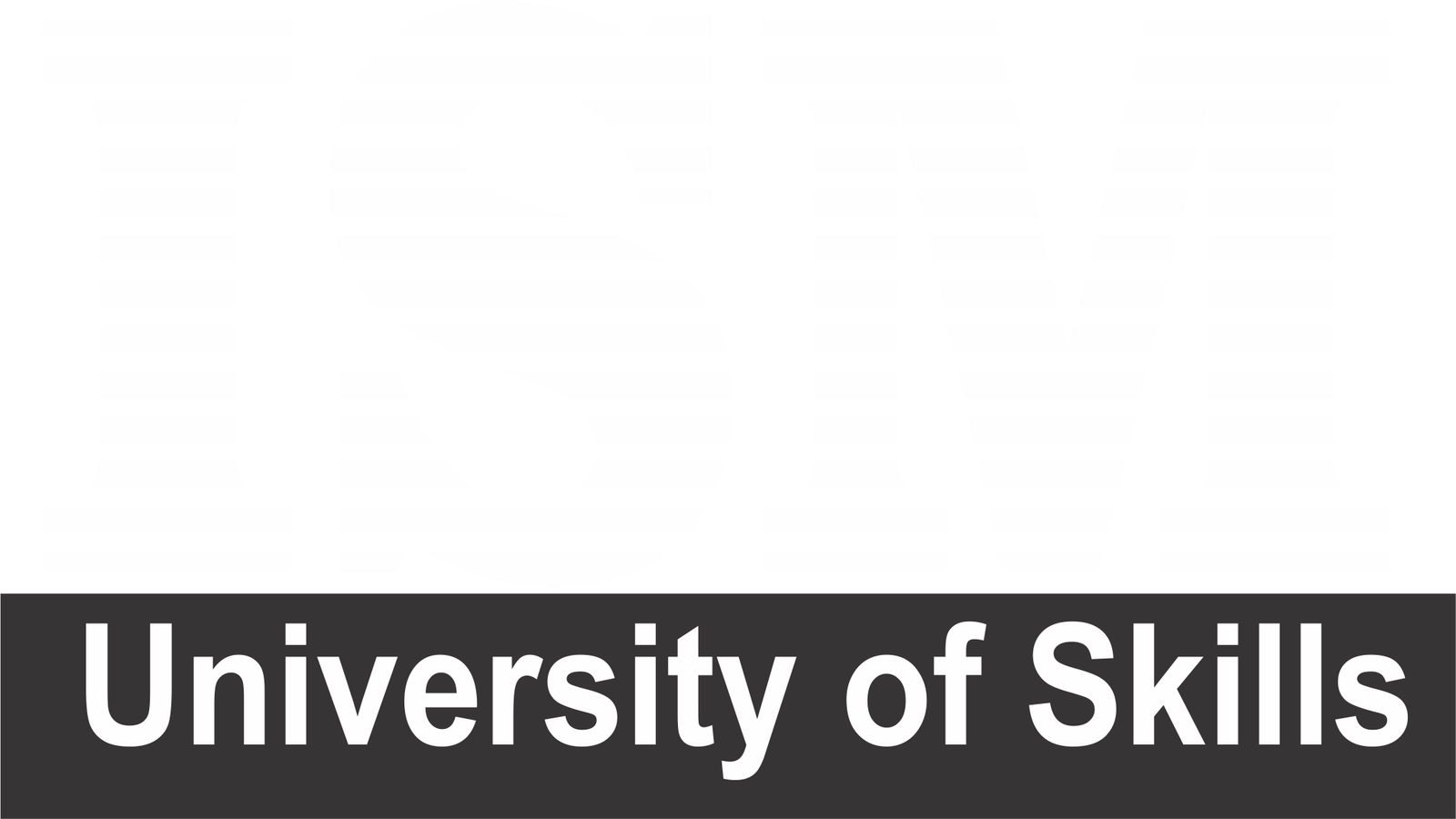As the Internet of Things (IoT) connects billions of devices and transforms our interaction with technology, it has taken the world by storm. Python is the programming language at the core of this paradigm shift, a versatile and powerful programming language that is driving innovation in the area of Internet of Things. This article explores how Python is revolutionizing the world of Internet of Things, enabling developers and enthusiasts to build smart, interconnected systems that make our lives easier, safer, and more efficient.
1. Python: The Ideal Choice for IoT
As a result of Python‘s simplicity, readability, and extensive library support, it has become the language of choice for developers of IoT devices. Because of its ability to handle data efficiently and its ease of integration with various hardware and protocols, it is an ideal choice for building Internet of Things solutions. No matter how experienced or inexperienced you are, Python offers a smooth learning curve for those looking to dive into the world of Internet of Things.
2. Interfacing with IoT Devices
Python‘s versatility extends to the ability to interface with a wide range of Internet of Things devices, including sensors, actuators, and microcontrollers. As we explore Python’s interactions with popular IoT hardware platforms such as Raspberry Pi and Arduino, you will be able to develop custom IoT applications easily.
3. Collecting and Processing Sensor Data
Any IoT project will be successful if sensor data is collected and processed effectively. Data acquisition from sensors is seamless due to Python‘s ability to handle real-time data and its compatibility with various communication protocols. We will discuss how Python handles sensor data and processes it to provide actionable insights.
4. Building IoT Applications with Python
Python is used to develop a variety of IoT applications, ranging from smart homes to industrial automation. The purpose of this presentation is to demonstrate the vast potential Python has in the ecosystem of the Internet of Things by presenting real-world examples of Python-powered IoT projects, such as home automation, environmental monitoring, and smart agriculture.
5. Secure Communication and Data Encryption
As the Internet of Things transmits sensitive data between devices, security is of paramount importance. The extensive library support for encryption and secure communication protocols provided by Python contributes to the integrity and confidentiality of data. We will discuss how to safeguard your IoT applications from potential threats and how to secure them.
6. Cloud Integration for Scalability
As a result of Python’s seamless integration with cloud platforms, IoT applications can be scaled more easily. During this session, you will learn how Python can be used in conjunction with cloud services such as AWS IoT Core and Azure IoT Hub, enabling you to develop robust, scalable, and globally accessible IoT solutions.
7. Machine Learning at the Edge
It is becoming possible to run sophisticated machine learning models directly on IoT devices due to Python’s compatibility with machine learning frameworks such as TensorFlow and Scikit-learn. It will be examined how Python enables real-time decision-making and reduces the need for cloud resources by bringing intelligence to the edge.
Conclusion
IoT is undeniably dominated by Python, whose versatility, ease of use, and extensive community support have contributed to its success. Python is likely to play an increasingly important role in shaping a smarter, more connected future as technology continues to evolve. No matter whether you are a hobbyist or a professional, Python empowers you to be at the forefront of innovation in the exciting field of the Internet of Things. So, what are you waiting for? Harness the power of Python for IoT and be part of the revolution that is transforming the world around us.

